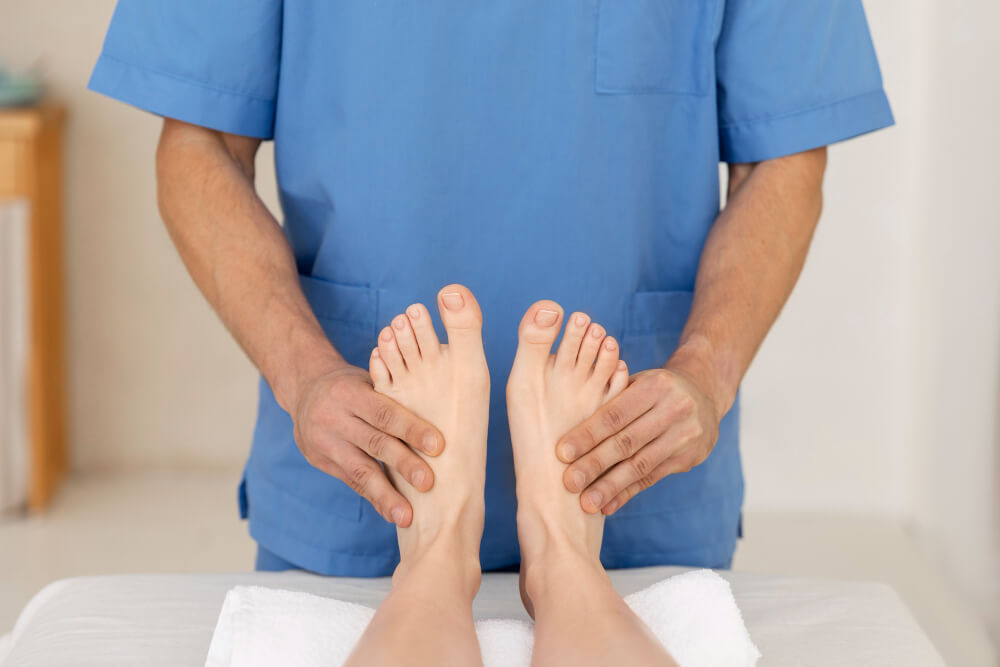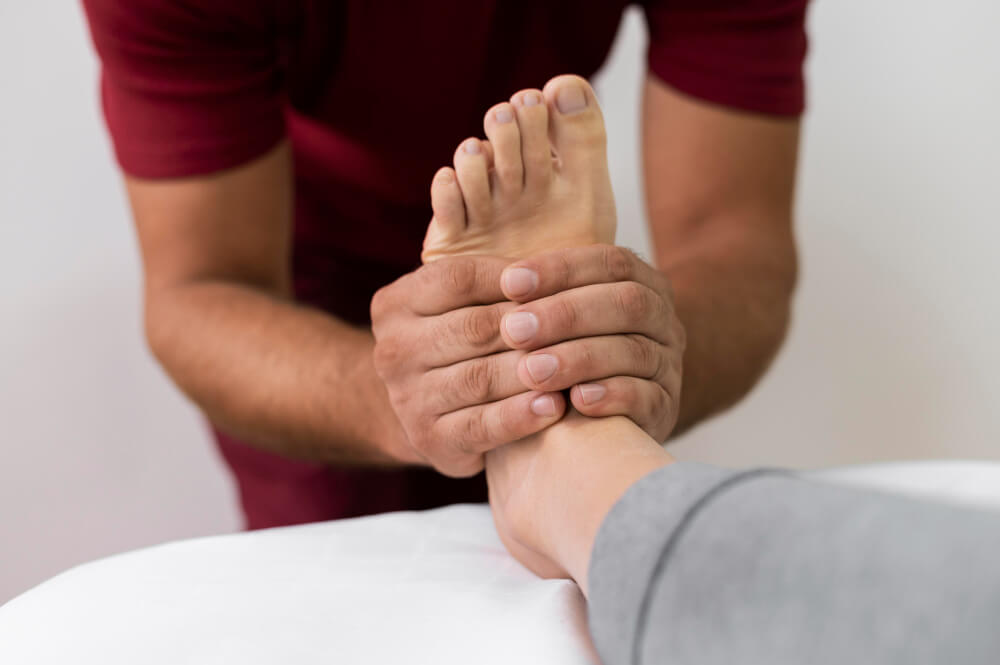The Foundation of Your Wellbeing: Understanding Feet, Podiatry, and Treatment Options
Your feet, often overlooked and underestimated, play a crucial role in your overall health and well-being. They bear the weight of your body, propel you forward, and help maintain balance. However, despite their importance, feet are often neglected, leading to various problems that can significantly impact your daily life.
This comprehensive guide dives into the fascinating world of feet, podiatry, and treatment options.

Understanding Your Feet: Anatomy and Function
Your feet are complex structures composed of 26 bones, 33 joints, and over 100 muscles, tendons, and ligaments. Each foot has three main parts:
- The Forefoot: This part consists of your toes and the metatarsals (long bones connecting the toes to the midfoot).
- The Midfoot: This section comprises the arch and the tarsal bones (seven bones connecting the forefoot to the hindfoot).
- The Hindfoot: This area includes the heel, ankle joint, and the talus and calcaneus (bones connecting the ankle to the leg).
The primary functions of your feet are:
- Locomotion: They propel you forward when walking, running, or jumping.
- Balance and stability: They maintain your balance and posture while standing and moving.
- Shock absorption: They absorb the impact of your body weight during movement.
- Proprioception: They provide information about your body’s position and movement in relation to the ground.
Recognizing Common Foot Problems
Despite their strength and adaptability, feet are susceptible to various issues. Some of the most common foot problems include:
- Bunions: Bony bumps that develop at the base of the big toe, causing pain and discomfort.
- Hammertoes: Toes that bend abnormally, often due to muscle imbalance or wearing ill-fitting shoes.
- Corns and calluses: Hardened areas of skin caused by friction and pressure.
- Plantar fasciitis: Inflammation of the plantar fascia, a thick band of tissue running along the bottom of the foot, causing heel pain.
- Athlete’s foot: A fungal infection that causes itching, burning, and scaling of the skin.
- Ingrown toenails: When the corner of the nail grows into the surrounding skin, causing pain and inflammation.
- Heel spurs: Bony growths that develop on the underside of the heel bone, causing pain.
Introducing Podiatry: Your Footcare Experts
Podiatry is a branch of medicine specializing in the diagnosis, treatment, and prevention of foot and ankle disorders. Podiatrists, also known as foot doctors, are healthcare professionals trained to address various foot concerns. They can:
- Perform a thorough examination of your feet and ankles: This includes assessing your gait, posture, and checking for any abnormalities or injuries.
- Diagnose foot and ankle conditions: They utilize various tools and techniques, such as X-rays, ultrasounds, and blood tests, to identify the root cause of your problem.
- Develop a personalized treatment plan: This plan may involve conservative measures like medication, physical therapy, custom orthotics (shoe inserts), or specialized footwear. In some cases, surgery might be necessary for severe conditions.
- Provide advice on preventative foot care: This includes proper hygiene practices, choosing appropriate shoes, and maintaining healthy lifestyle habits to reduce the risk of future problems.
Exploring Treatment Options: Addressing Foot Concerns

The specific treatment for a foot problem depends on the diagnosis, severity, and individual factors. Here’s an overview of some common treatment options:
Conservative Measures:
- Rest: Reducing activity and elevating the affected foot can help promote healing and reduce inflammation.
- Ice therapy: Applying ice packs to the affected area can help decrease pain and swelling.
- Medication: Over-the-counter pain relievers or prescription medication can be prescribed to manage pain and inflammation.
- Physical therapy: Exercises designed to strengthen muscles, improve flexibility, and correct biomechanical issues can be beneficial.
- Custom orthotics: These specially designed shoe inserts can help improve foot alignment and function, reducing pain and discomfort.
- Bracing and casting: In some cases, immobilizing the foot or ankle with a brace or cast may be necessary to facilitate healing after an injury or surgery.
Surgical Procedures:
In specific situations, surgery might be recommended to address foot and ankle problems, such as:
- Bunionectomy: Removing the bony bump at the base of the big toe.
- Hammertoe correction: Realigning the affected toe surgically.
- Plantar fasciitis surgery: Releasing the tension in the plantar fascia ligament.
